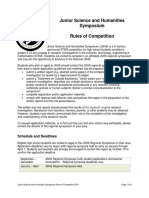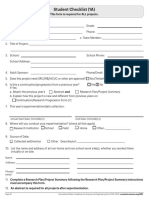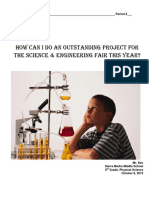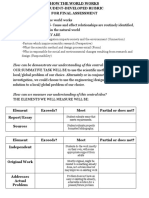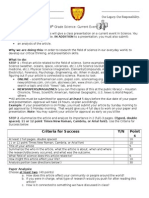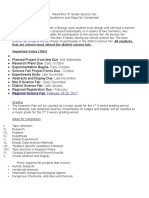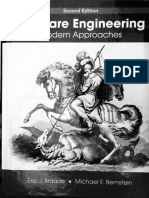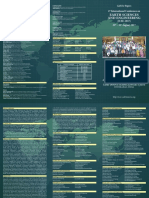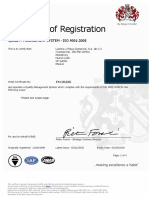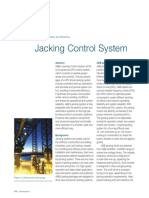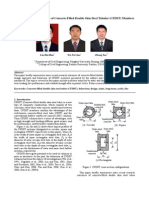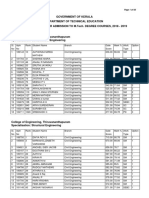0% found this document useful (0 votes)
157 views9 pagesJSHS Required Format
The Junior Science and Humanities Symposium (JSHS) is a STEM competition for high school students that involves submitting a written research report and giving an oral presentation. Students first compete in regional symposia, and winners may advance to the national competition. To apply, students must submit application materials by the regional deadline, including an abstract, research paper, and statement of outside assistance. Selection is based on reviews of the written materials and oral presentations are organized into 8 categories of STEM research.
Uploaded by
Lena NikiforovCopyright
© © All Rights Reserved
We take content rights seriously. If you suspect this is your content, claim it here.
Available Formats
Download as PDF, TXT or read online on Scribd
0% found this document useful (0 votes)
157 views9 pagesJSHS Required Format
The Junior Science and Humanities Symposium (JSHS) is a STEM competition for high school students that involves submitting a written research report and giving an oral presentation. Students first compete in regional symposia, and winners may advance to the national competition. To apply, students must submit application materials by the regional deadline, including an abstract, research paper, and statement of outside assistance. Selection is based on reviews of the written materials and oral presentations are organized into 8 categories of STEM research.
Uploaded by
Lena NikiforovCopyright
© © All Rights Reserved
We take content rights seriously. If you suspect this is your content, claim it here.
Available Formats
Download as PDF, TXT or read online on Scribd
/ 9
